SUMMARY
This is AI generated summarization, which may have errors. For context, always refer to the full article.
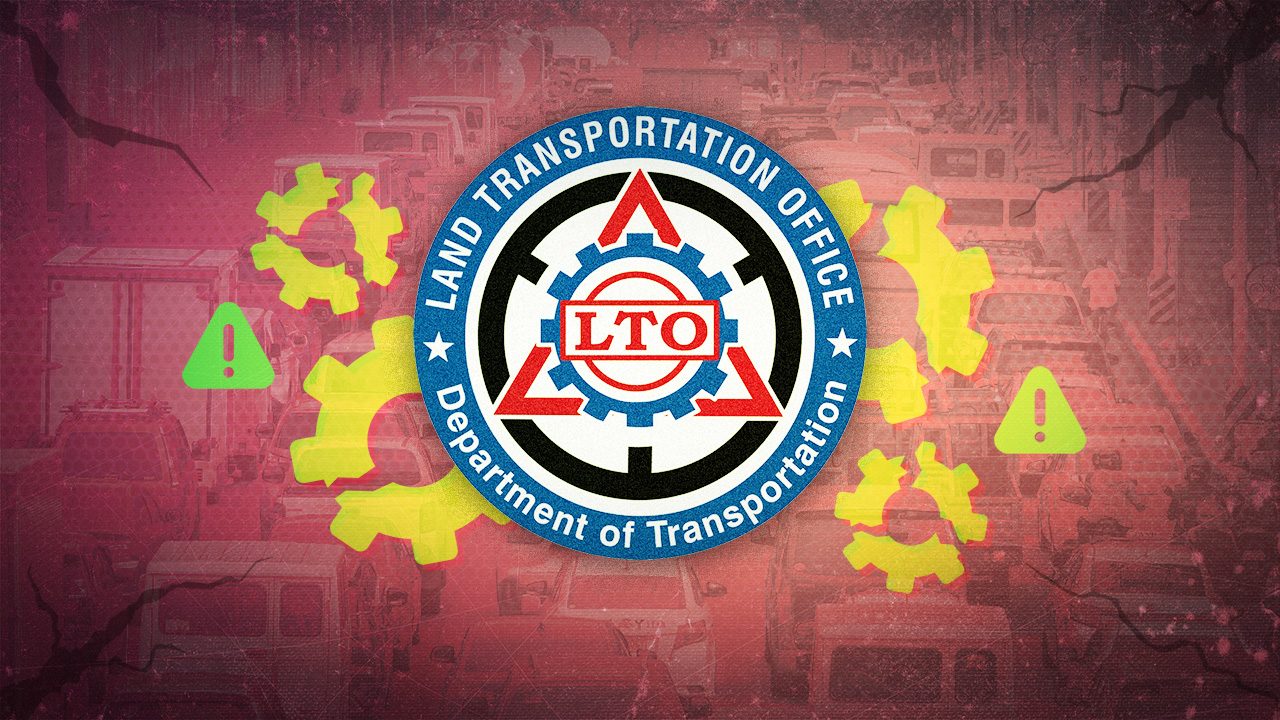
MANILA, Philippines – If you have a car or motorcycle, you’ve likely used the Land Transportation Office’s (LTO) information technology system whether you know it or not.
Every day, the LTO issues about 30,000 driver’s licenses, registers 70,000 cars, and processes over 100,000 cash and online payments – all across its more than 430 offices nationwide.
But handling these transactions can get complicated because the LTO simultaneously runs two IT systems by two separate, competing companies: Stradcom Corporation and a joint venture headed by German firm Dermalog.
Rappler recently exposed how the parallel use of these two systems enables fraud and collectively costs motorists billions a year. But how did the LTO end up having two systems in the first place? Here’s the story.
Six years later, the Land Transportation Management System (LTMS) project has yet to be fully implemented, though it nears completion.
LTMS data obtained by Rappler showed that as of July 28, 2022, 371 out of 387 (96%) LTO offices have already rolled out the LTMS. As of the same date, only two out of 338 LTO offices haven’t introduced the driver licensing system.
Meanwhile, 252 out of 269 LTO offices (94%) have also rolled out the motor vehicle inspection and registration system. The only module that hasn’t been fully launched was the one for new motor vehicle registrations.
Despite the progress, lawmakers have been threatening to cancel the project contract. In a February meeting of the House Committee on Transportation, SAGIP party-list Representative Rodante Marcoleta cited multiple delays in the LTMS project and said that the LTO had the right to “legally rescind” the contract.
In a later meeting in March, Marcoleta reiterated this and asked the LTO what actions were being taken to cancel the contract.
In response, LTO chief Vigor Mendoza II said that the agency was looking into the “possibility of rescission and what would be the steps necessary” and was waiting on the advice of the Department of Transportation, which had agreed “as far as the grounds for rescission of contract is concerned.”
Mendoza later denied that the agency would terminate the contract involving Dermalog.
That leaves the LTO in an awkward position of managing both Stradcom’s system and the LTMS at once – an inefficient setup that has allowed smuggled luxury cars and unroadworthy vehicles to slip through. (READ: LTO’s old IT system enables fraud, and motorists pay more for it too)
Will the LTO ever be able to phase out its old system and fully transition to the LTMS – and if so, when? – Rappler.com
Add a comment
How does this make you feel?
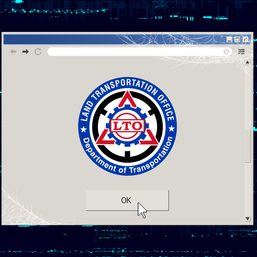
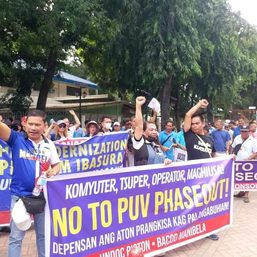
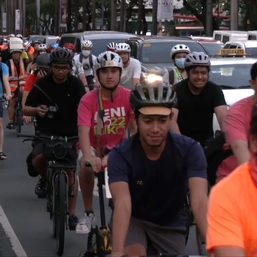
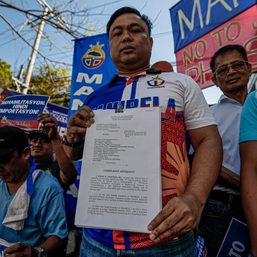



There are no comments yet. Add your comment to start the conversation.